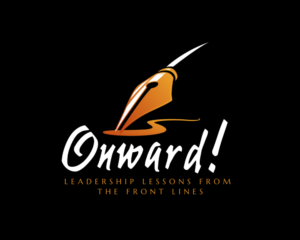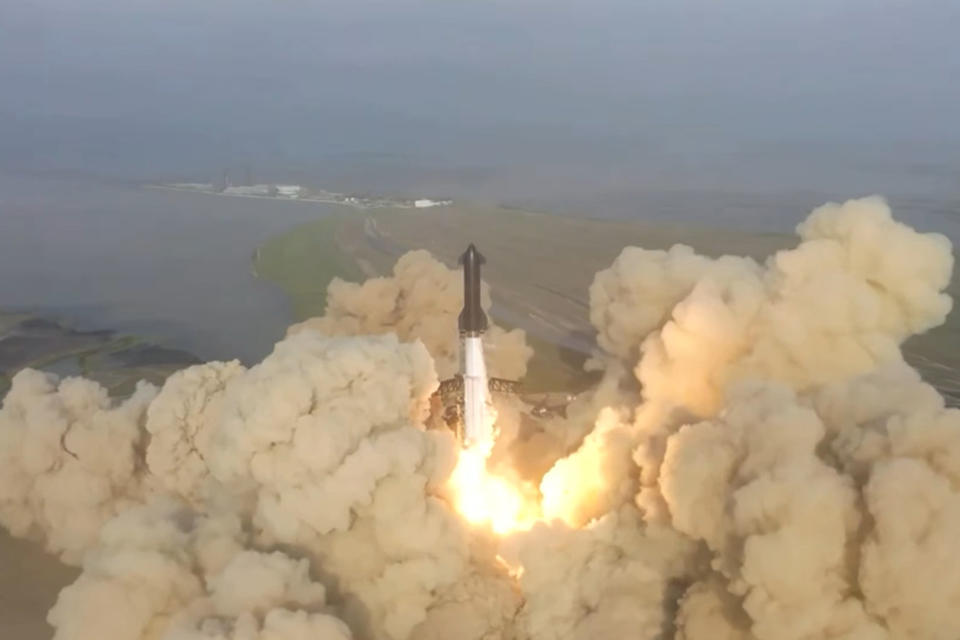I was asked a few weeks ago to give a short talk about how I see the agricultural markets in 2023. A short talk is normally no sweat, but publicly predicting the next few months sent me into a cold sweat. The ag supply chain is crazy right now. How was I going to explain the craziness and make an accurate prediction in front of a few hundred people in 8 minutes? Then I remembered an old term that perfectly described our industry (and much of the world) is in right now – V.U.C.A.
VUCA is an acronym for volatility, uncertainty, complexity, and ambiguity. It originated in 1985 in an academic paper but wasn’t widely used until the US Army’s War College used it to help teach senior leaders how to respond to the collapse of the Soviet Union.
A quick primer:
Volatility is something that describes the intensity of the fluctuation of something over time. Think big, short waves vs small, long waves. The higher the volatility, the stronger and more “jagged” the waves.
Uncertainty is about unpredictability. The more “surprises” there are, the more uncertain it is.
Complexity relates to the number of influencing factors and their interdependence or interaction. Think of a machine with hundreds of moving parts versus one with only one or two. The more interdependent, moving parts, the more complex the machine.
Ambiguity describes the lack of clarity regarding information or a particular situation. You may have lots of data and information, but it may conflict or counteract one another.
In non-Harvard Business Review speak, VUCA means, “It’s #$#%^@~ crazy out there!”
All four areas of VUCA apply to the current agricultural supply chain.
Volatility – Prices are fluctuating rapidly. Whereas historic fertilizer prices might move +/- $5 or $10 per month, we now routinely see moves as high as $50/week. Margins are typically in the low single digits so weekly swings of 10% of the purchase price raise the risk tremendously. Crop protection is just as volatile with some products continuing to appreciate rapidly due to continued demand and still-struggling supply issues while others are falling rapidly due to increased availability. Our primary job is to make sure we have supply for our customers but holding inventory as its value sinks sucks.
Uncertainty – Crop inputs (seed, fertilizer, and crop protection chemicals) generally follow global grain prices. Trying to predict those is brutal at the moment. As a highly respected industry analyst explained recently, come next spring corn could be between $5 and $10/bushel. A 100% variance! When I asked him to explain, he quickly outlined very plausible scenarios for both. A $5/bushel swing means farm income could vary by 100% per acre. All eyes remain on Brazil, Ukraine, and China. If Brazil has a massive crop, watch for corn to drop. If the Ukraine/Russia deal on grain and fertilizer exports collapses, look for corn and wheat to spike. And oh, by the way, Ukraine doesn’t have a lot of fertilizer, so no one is sure how much grain Ukraine is actually going to grow.
Complexity – The agricultural supply chain is global. It is also interconnected with much of the world’s energy supply chain. Both through Russia and China, both of whom are going through major upheavals at the moment (Russia due to its invasion of Ukraine and China due to its Covid lockdowns). For example, Russia’s invasion of Ukraine has dramatically changed the flow of natural gas to Europe. Expensive gas has shuttered nearly 12 million tons of global nitrogen production (the most important fertilizer). Thus, Europe is importing fertilizer and gas from the US, raising the US cost of production, reducing inventory, and driving up prices. High gas prices have, in turn, spurred more demand for coal in both the US and Europe. This has driven additional demand for ammonium nitrate, a key ingredient for explosives needed to mine it. But ammonium nitrate is made by the same plants that make nitrogen fertilizers like ammonia, urea, and UAN. And then there’s China. China is currently on massive COVID lockdowns, with as many as 300 million people in some type of quarantine. As you might imagine, telling a population nearly the size of the United States to stop work dramatically slows output. China normally exports fertilizer. The question is whether China will loosen up and if it does, its impact on global markets. Will production increase and grow exports or does the ramp-up increase demand for gas and spur imports needed to restart production?
Ambiguity. There are a lot of mixed signals out there. Interest rates signal a slowdown, yet commodity prices remain strong. Prices on some products continue to climb while others plummet. Logistics remains a mess. Trucking is tight but seems to be loosening a bit as the overall market slows. The Mississippi River is brutal, hovering near record lows. For the unfamiliar, the Mississippi River watershed is the heart of the most productive agricultural region in the world. The River — as we call it — is its main artery and lifeblood. It is flowing very slowly right now. Grain flows out the Mississippi on barges and fertilizer flows back up. That can’t happen when barges can’t move. Without barges, shippers are using railcars to move grain to the coasts for export. That reduces cars for hauling fertilizer. And don’t forget it took a recent act of Congress to avert a rail strike! Despite logistics struggles, the supply chain is easing in other areas, putting downward pressure on prices. Glyphosate prices have dropped dramatically recently. It is unclear if this is people clearing out old inventory, trying to jump ahead of the market as a new entrant, or if it is a short-term blip. For those of us holding significant inventory or needing a bunch more in preparation for the season, the uncertainty is brutal.
So where does all this lead us? And how do we run a business in the middle of all this VUCA?
There are no easy answers, so I came up with my own acronym. Actually, others came up with it before me, but I put my own spin on it. I call it VUCAT.
Vision/Visibility.
Vision. Stick to the vision. Like sailing a boat across a sea, the winds can change dramatically at any given moment. For GreenPoint, many of the tailwinds that pushed us forward last year have turned to headwinds this year. We need to be like a boat sailing against the wind and tack — adjust the sails. Importantly, our long-term destination remains the same. The lesson? When faced with uncertainty and chaos, adjust your tactics while reaffirming your long-term vision.
Visibility. When you’re on rough seas in a small boat, it can be hard to see the destination. So get some distance – some height – and regain your perspective. Step back, take a deep breath and look at the larger picture. It can help calm you down and adjust course in a reasoned way.
Understanding. Despite the mess, the goal must be to understand the situation as best you can. Maybe you can’t make perfect sense of it all but you have to try. Ask questions. Of a lot of people. Dig into the publications. Learn as much as you can. There is a known universe and you’ll be better off for the effort.
Communication. Be open with your teammates and your customers about the situation. Customers don’t expect companies to be perfect or have all the answers. But they do expect us to be honest and forthright. Let’s tell them what we know (and don’t know) so they can make the best decisions they can. And remember, there is no such thing as overcommunicating. Talk, text, and snapchat early and often. If you’re sick of saying the same thing over and over and over again on every platform you have, you’re starting to get close. But with things changing as rapidly as they are, it isn’t really possible.
Agility. Agile is the ability to move quickly and easily. Now is not the time for big bold moves but small rapid ones to rapidly respond to changing conditions or to meet an immediate customer need. You also need to be ready to tack again if the winds shift.
And to VUCA, I would add one more. T – for Together. The way you get through the craziness is with help from friends and teammates. We humans are pack animals. And when the storm of business and life rages around us, it’s great to have the protection of the pack.
I wish there were better answers. I wish I had more of them. It is going to be a bumpy few months in the ag supply chain until spring hits and we turn our focus to planting. In the meantime, until there are clear signals, the best answer is to get back to basics and stay focused on your core values and your ultimate destination. Your tactics may change but your overall destination should not. Focus on your customers, your coworkers, and your communities. They will stick with you if you stick with them. And if you raise your head and keep your eyes on the horizon, the ups and downs you experience will seem more like small waves to be ridden through.
Onward!
Jeff





